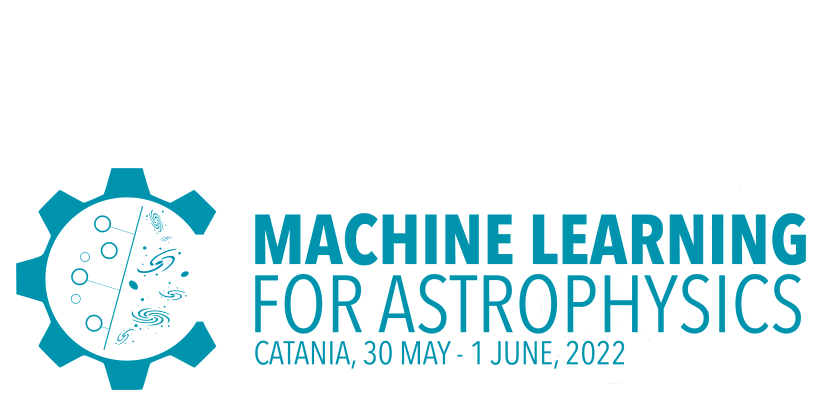Speaker
Description
In the context of the galaxy-halo connection, it is widely known that the dark matter (DM) halo of a galaxy exhibits correlations with other physical properties, like the well-studied stellar-to-halo-mass relation. However, given the complexity of the problem and the high number of galaxy properties that might be related to the DM halo in a galaxy, the study of the galaxy-halo connection can be approached relying on machine learning techniques to shed light on this intricate network of relations. Hence, with the aim of inferring the DM halo mass and then finding a unique functional form able to link the halo mass to other observables in real galaxies, in this talk I will present the results of this project obtained relying on the state-of-the-art Explainable Boosting Machine (EBM) algorithm, a novel method with very high accuracy and intelligibility that exploits some machine learning techniques like boosting or bagging in the field of the generalized additive models with pairwise interactions (GA$^2$M). Unlike a simple GAM, EBM is an additive model that makes final predictions as a summation of shape functions of each individual feature, considering also any possible pairwise interaction between two features. I will illustrate an analysis performed on a sample of galaxies at different redshifts extracted from the IllustrisTNG cosmological simulation. This method has been proving to be very promising, finding, at all redshifts, a scatter of $< 0.06\,\mathrm{dex}$ between the actual value of $M_\mathrm{DM}$ from the simulation and the value predicted by the model.
This project is supported by the Marie Skłodkowska-Curie grant received in 2019, and financed by the Horizon2020-MSCA-RISE-2017 Project 777822 GHAIA “Geometric and Harmonic Analysis with Interdisciplinary Applications”.
| Main Topic | Supervised/Unsupervised/Semi-supervised Learning |
|---|---|
| Participation mode | In person |

